Ukraine replaces top general Valeriy Zaluzhniy in reboot of war effort
The removal of the talented and popular Valeriy Zaluzhniy is the most significant shake-up of the military leadership since the start of the war.
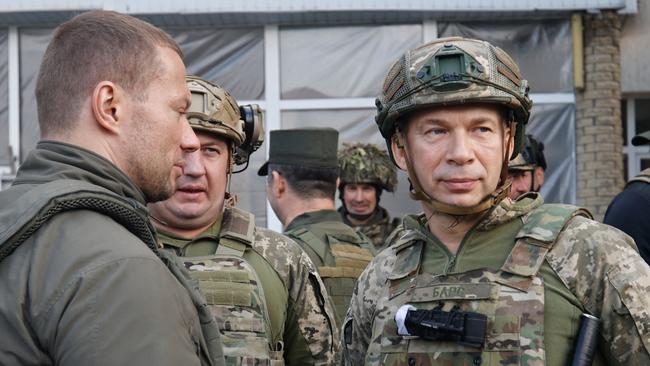
Ukrainian President Volodymyr Zelensky removed his top general in the most significant shake-up of the country’s leadership since the full-scale Russian invasion began nearly two years ago.
Zelensky said in a video address that urgent changes were needed to overhaul Ukraine’s military and said that Col. Gen. Oleksandr Syrskiy, who has served as Ukraine’s commander of ground forces, would succeed Gen. Valeriy Zaluzhniy as commander in chief of Ukraine’s armed forces.
“Today we talked openly about what needs to change in the army. Urgent changes,” Zelensky said. He added that the change wasn’t about names or politics: “It’s about the management of the armed forces.”
The removal of Zaluzhniy, widely admired by Ukraine’s public and military, comes as Ukraine faces rising challenges on the battlefield. Its manpower and equipment are depleted after a failed counteroffensive last year and Russia is on the attack, while additional military funding from the U.S. is in doubt amid deadlock in Congress.
In his own statement on Telegram, Zaluzhniy said that a decision had been made “about the need to change approaches and strategy.”
“The tasks of 2022 are different from the tasks of 2024,” he said. “Therefore, everyone must change and adapt to new realities as well.”
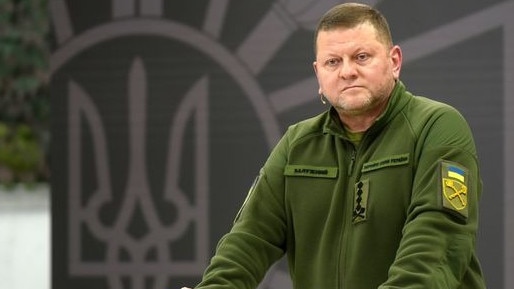
Zaluzhniy’s ouster follows months of increasingly public tension with Zelensky. After Ukraine’s counteroffensive failed last year, Zaluzhniy wrote an essay for the Economist referring to the war as a stalemate and saying that Ukraine needed a major upgrade to its military capabilities to oust the Russians from the nearly 20 per cent of Ukraine’s territory they still occupy.
Zelensky rejected the characterisation of the war. He also publicly questioned Zaluzhniy’s call to mobilise hundreds of thousands more troops. In addition, the two men have reportedly argued about the best strategy for the coming months, with Zaluzhniy pushing to adopt a more defensive posture. With aid from the West stalled, his successor may have little choice but to follow that path.
In his video address, Zelensky outlined several problems he saw in the military that he said needed to be addressed, suggesting a disconnect had grown between soldiers at the front and generals in headquarters.
Out of nearly a million Ukrainians who had been called into the armed forces, he added, only a tiny fraction were actually fighting on the front line.
“We need a different approach, in particular, to rotation,” he said. “A different approach to mobilisation and recruitment. All of this will give more respect to the soldier. And it will return clarity to the war.” He also said he hoped that Zaluzhniy would agree to remain part of Ukraine’s leadership team, though he didn’t specify in what capacity.
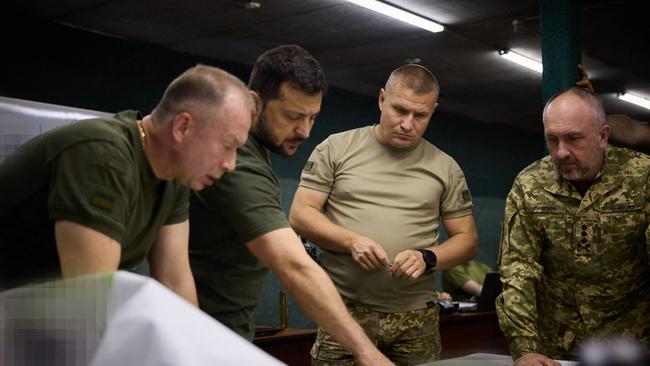
Still, Zelensky’s decision to remove Zaluzhniy comes with significant political risk.
The 50-year-old general became a national hero during the early months of the war, when Ukraine repelled the Russian assault on the capital, Kyiv, and went on to reclaim about half the territory that Russia had occupied. While trust in Zelensky fell to 62 per cent in a December poll, Zaluzhniy remains hugely popular, with 88 per cent of Ukrainians saying they trusted the general. Soldiers credit him for efforts to overhaul the military and expunge its Soviet legacy by placing more emphasis on individual soldiers and junior officers.
“There is a lot of trust in Zaluzhniy, and in such times, trust is very valuable,” said a 33-year-old Ukrainian intelligence officer. He also said it appeared there was an effort to hang blame for the failed counteroffensive on Zaluzhniy.
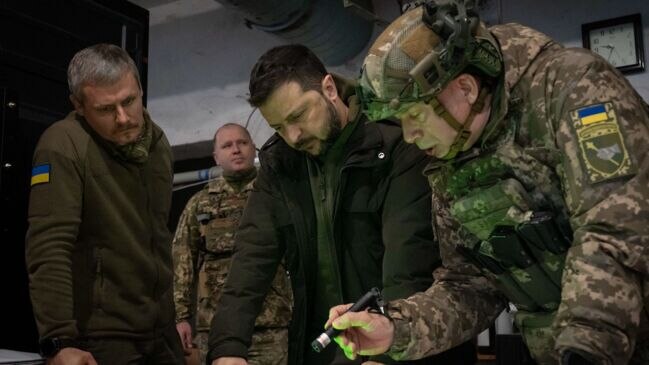
Zaluzhniy is also widely respected among Ukraine’s Western partners, having built close ties with his foreign counterparts over the first two years of the war.
On Wednesday, both American and North Atlantic Treaty Organisation officials said a change in military leadership – which had been rumoured for weeks – wouldn’t affect their co-operation with Ukraine.
“We’re going to continue to support both the Ukrainian government and the Ukrainian military,” Jake Sullivan, the U.S. national security adviser, said at a NATO summit on Wednesday.
Syrskiy, the incoming chief of the armed forces, has been serving as chief of Ukraine’s ground forces since 2019. At 58 years old, he completes daily workouts that would put younger soldiers to shame, according to another Ukrainian officer.
Trained in Soviet military academies, Syrskiy was heavily involved in the fighting in the eastern Donetsk region, following Moscow’s covert invasion in 2014.
Announcing Syrskiy’s new role, Zelensky called him “the most experienced Ukrainian commander,” and lauded him for his work in the defence of Kyiv early in the war and the lightning offensive in the northeastern Kharkiv region in 2022, which retook more than 1,000 square miles of territory from the Russians in just a few days.
“Ukraine is very lucky to have such a general,” Col. Gen. Mykhailo Koval, a senior Ukrainian commander on the eastern front, said in an interview last year. During the Kharkiv operation, he added, Syrskiy “found the weak points of the enemy,” cutting off Russian communications, which led soldiers to panic and flee, leaving behind many of their armoured vehicles.
More recently, Syrskiy has been leading operations around the eastern city of Bakhmut – both its defence against a withering Russian assault last year, and then an effort to recapture territory around the city, which stalled out in the fall.
Some men fighting in the east have been critical of tactics, saying he was willing to sacrifice men for nominal strategic gains.
Dow Jones

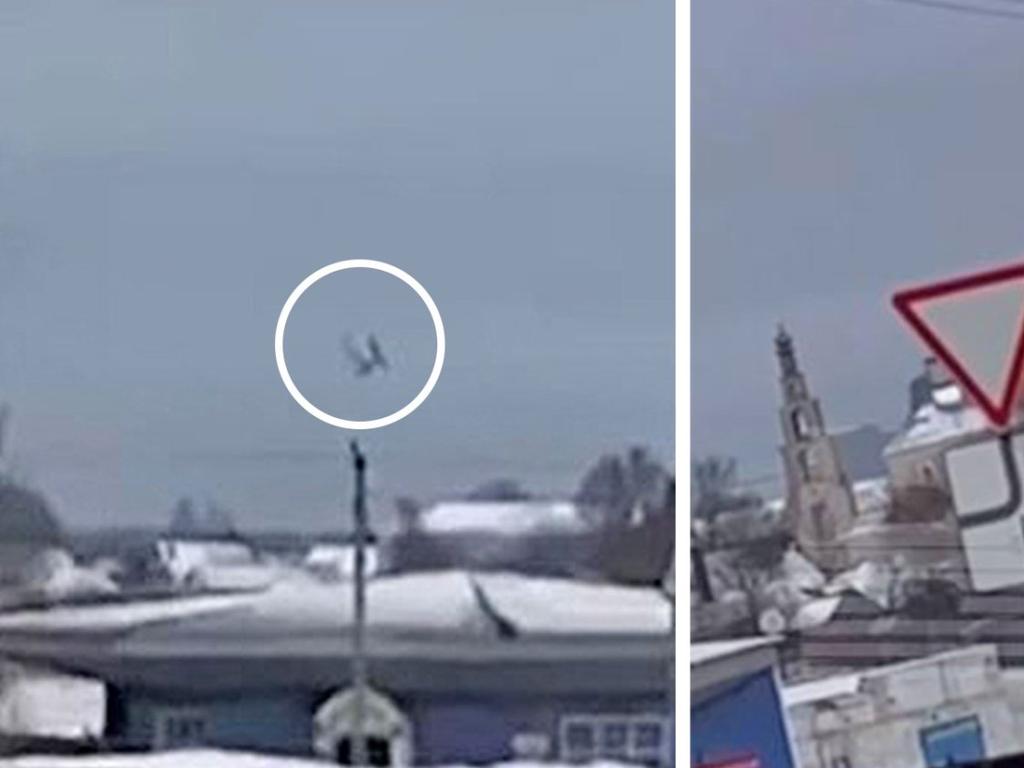


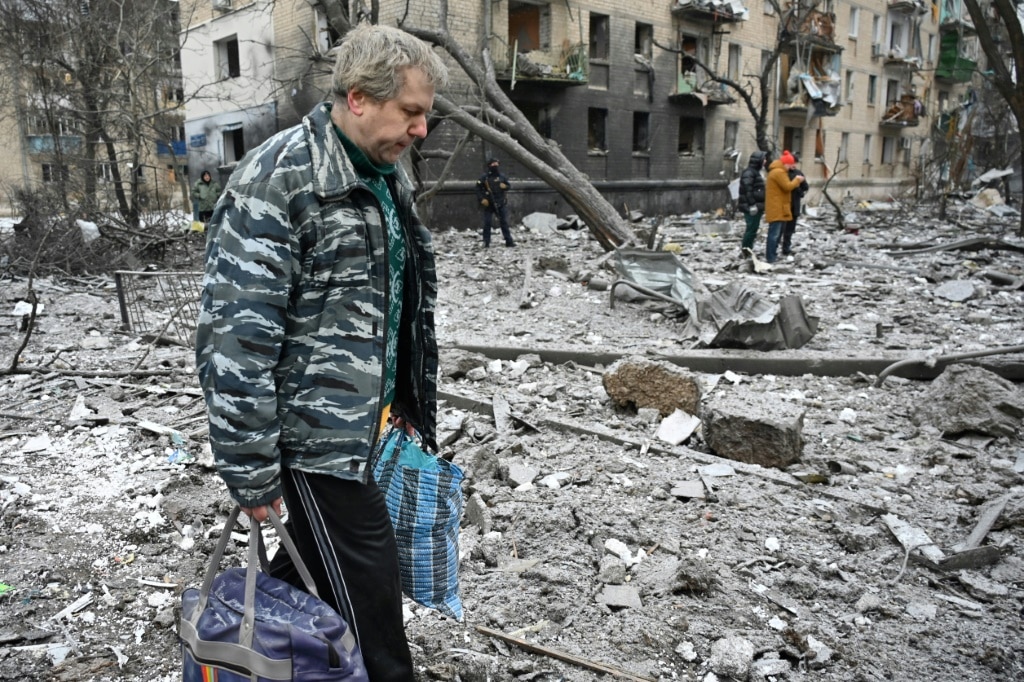

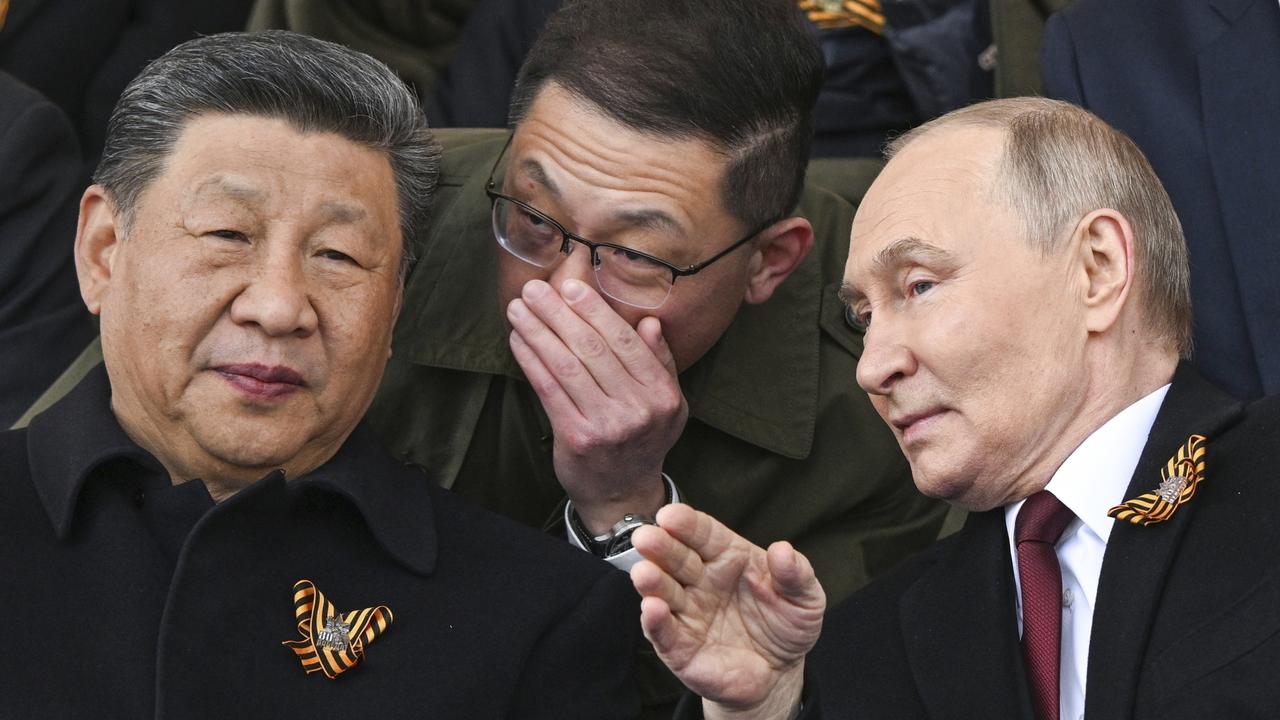
To join the conversation, please log in. Don't have an account? Register
Join the conversation, you are commenting as Logout